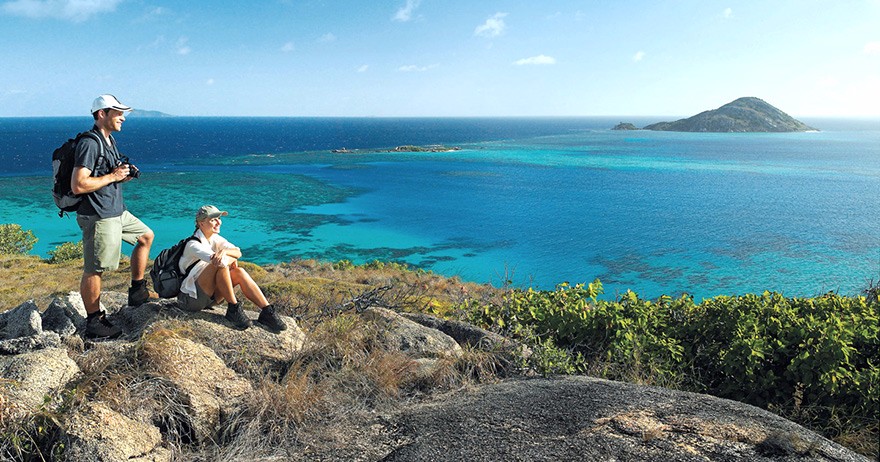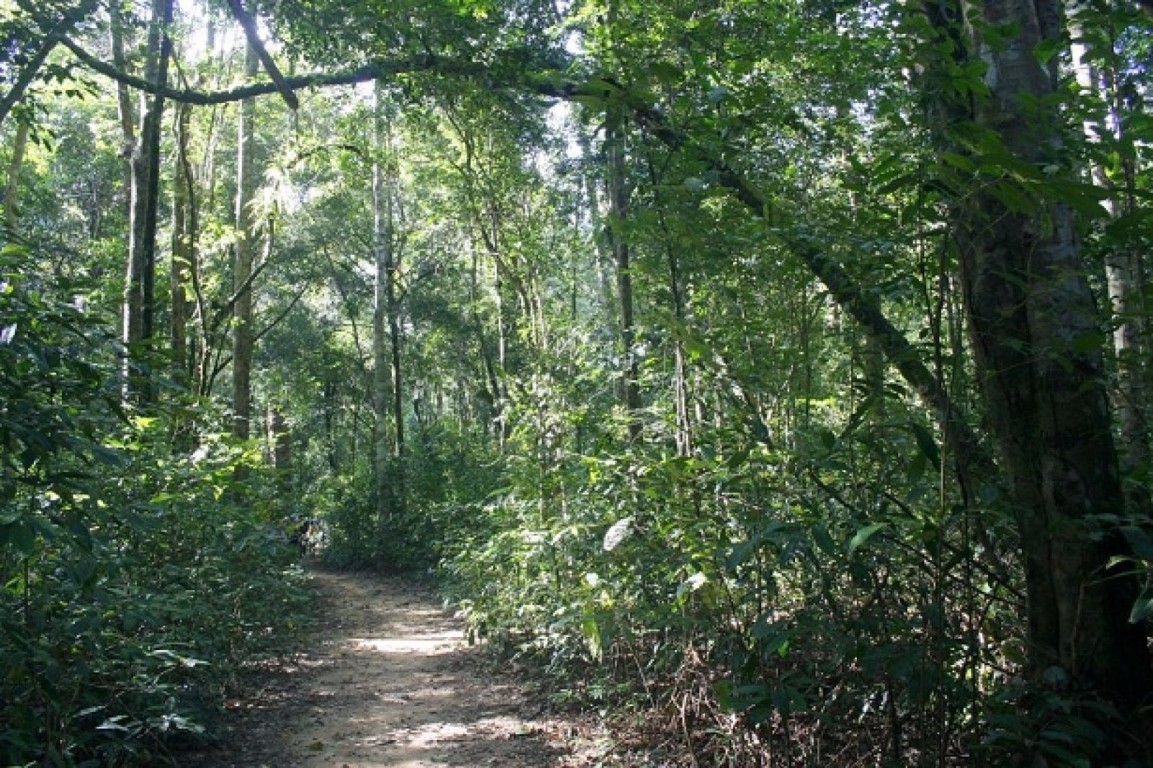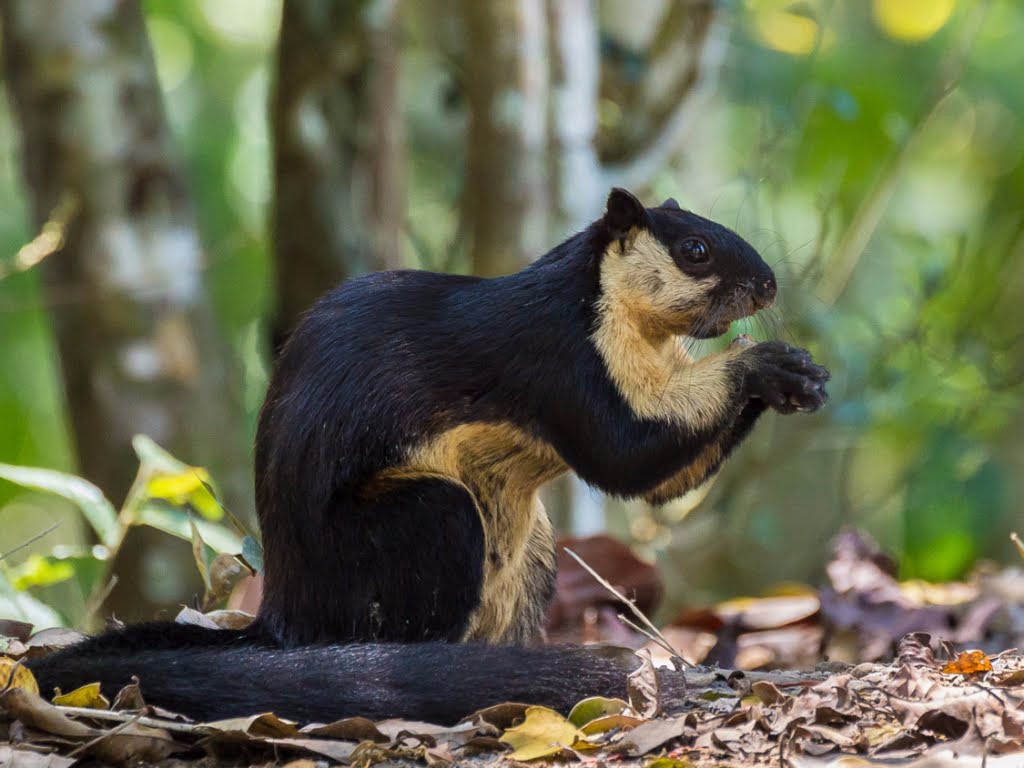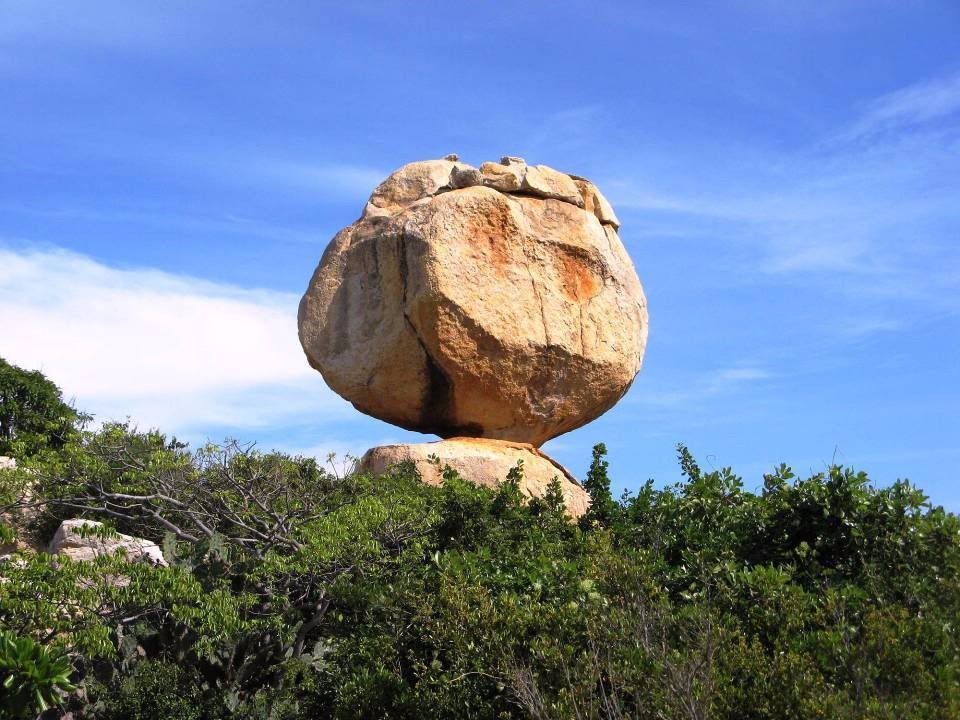PHU QUOC NATIONAL PARK

Phu Quoc National Park
Phu Quoc National park covers more than 50% of the island so it is definitely worth considering a visit, especially if you would like to escape the heat of the daytime sun, a walk along a park trail or motorbike ride on one of roads in the north will give you a taste of this natural environment on Phu Quoc.

Phu Quoc National Park
The highest point in the national park is Mount Chua at 603m, with plans in future for a walking trail to a look out from this point. The national park contains a number of seasonal streams, with the most sizable being the Rach Cua Can river, which flows into the gulf of Thailand on the West Coast of the island just north of Cua Can village.
Flora and fauna
Located on an island with mixed terrestrial and coastal climates, Phu Quoc National Park contains many forest types and landscapes including mangroves and wet lands, sparse forested areas, coastal vegetation and forest on rocky mountains. Studies by the Vietnam-Russia Tropical Center in 2005 recorded 1,164 higher plant species, including 23 orchid species and 12 rare plant species including the globally endangered Paphiopedilum callosum which was recently found in the park.

Phu Quoc National Park's Animals
A total of 208 animal species were recorded in the National Park, including 28 mammals, 119 birds, 47 reptiles and 14 amphibians. Of these animal species, 6 mammal, 4 bird and 9 reptile species are globally endangered. The rare species include lorises, the long-tailed macaque, silver langur, otter, and hornbill.
The future of Phu Quoc’s National Park
The national park is well recognised for its bio diversity and potential in future to attract tourism given the large portion of the island which is dedicated as national park area.

Mount Chua
In recent years, local and Vietnamese authorities have made efforts to manage the National Park in a move towards protecting the environment and the ecosystems on the island. While some harmful activities still take place like hunting and trapping of animal, illegal logging, and land clearing, authorities are improving their surveillance and have greater powers in protecting the area. Additionally there is increasing community involvement and education taking place, informing local residents in the environmental value of the national park and in ways to protect the ecosystems.
